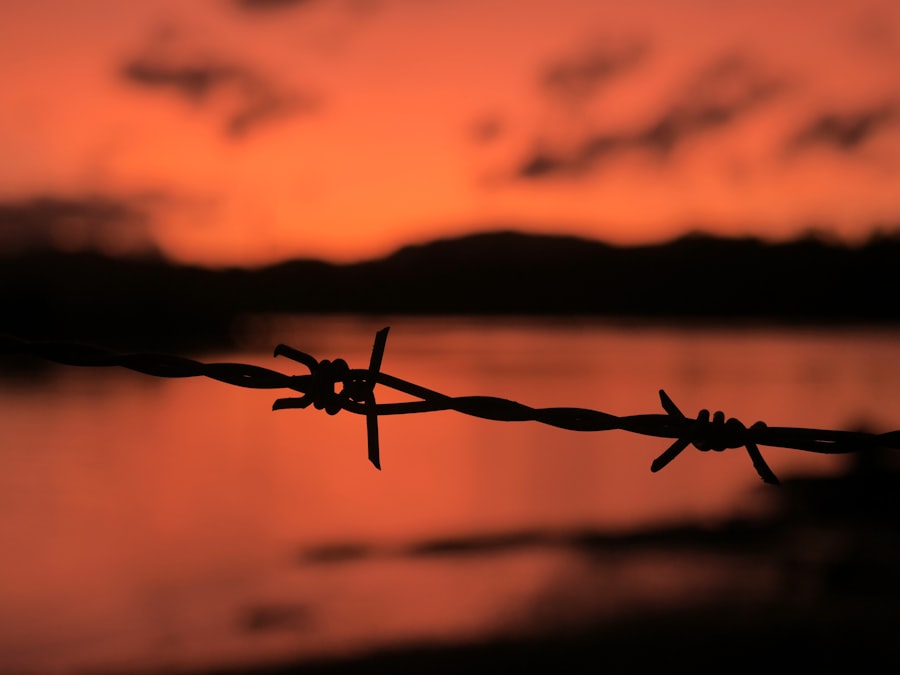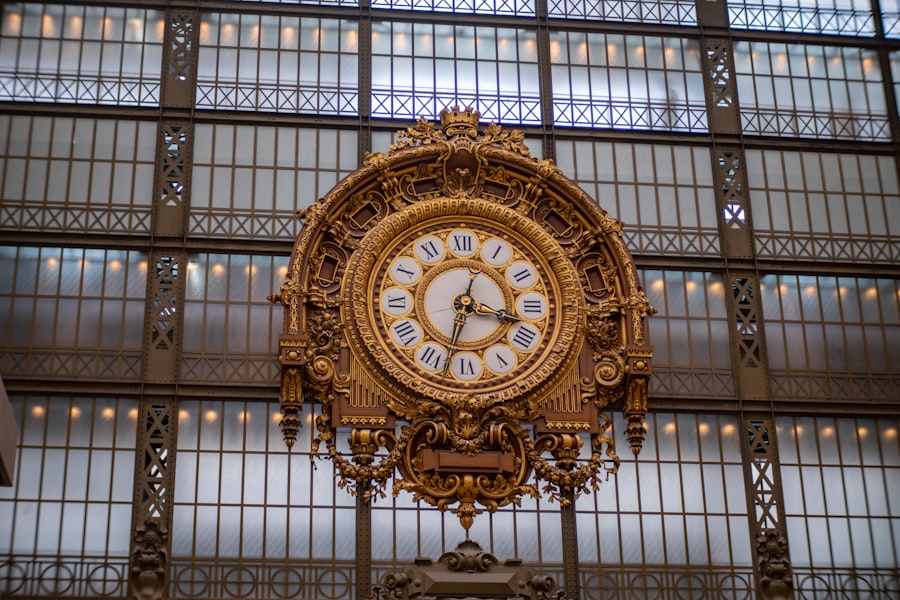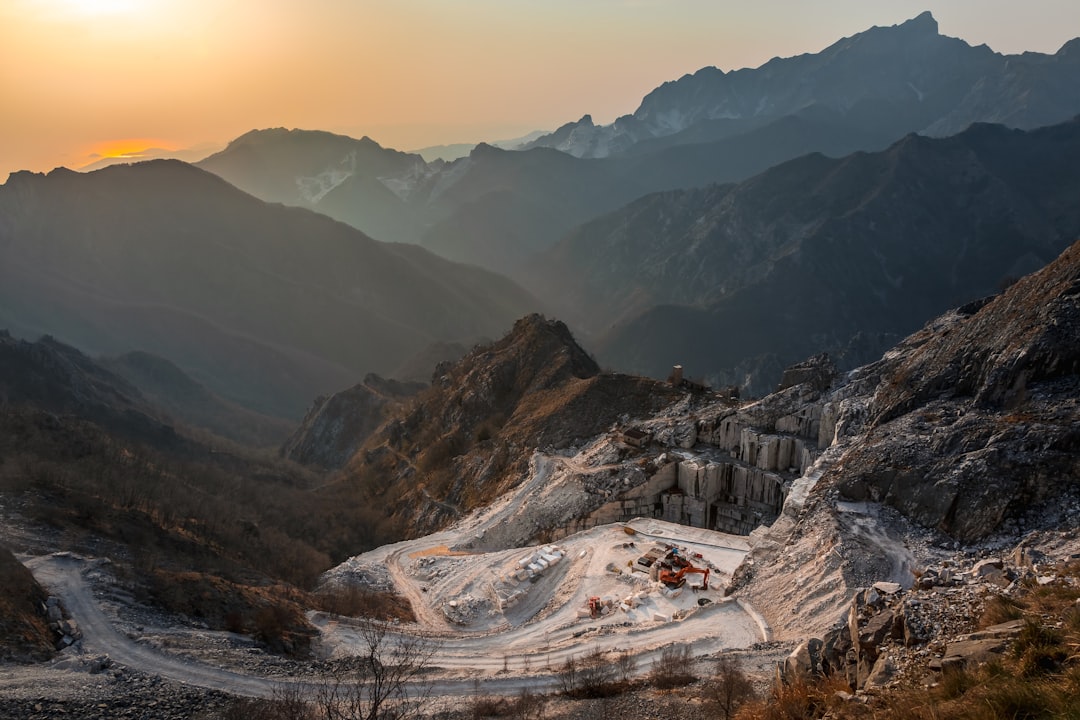The Drake Passage, often referred to as the most treacherous stretch of water in the world, serves as a gateway between South America and Antarctica. This narrow body of water, measuring approximately 600 miles wide, is notorious for its unpredictable weather and turbulent seas. Named after the English explorer Sir Francis Drake, who navigated these waters in the late 16th century, the passage has become a rite of passage for adventurers and nature enthusiasts alike.
The allure of crossing the Drake Passage lies not only in its formidable reputation but also in the breathtaking landscapes and unique wildlife that await on the other side. For many travelers, the journey through the Drake Passage is a thrilling adventure that tests their mettle against nature’s raw power.
As the ship sets sail from Ushuaia, Argentina, passengers can feel the excitement in the air, knowing they are about to embark on a journey that few have experienced.
Key Takeaways
- The Drake Passage is a legendary crossing known for its challenging seas and stunning scenery.
- Preparing for the journey involves expecting 48 hours at sea, wildlife encounters, and the infamous Drake Shake.
- Wildlife encounters include spotting penguins, whales, and albatross in their natural habitat.
- Navigating the infamous Drake Shake requires experienced crew and safety equipment.
- Onboard activities include lectures, workshops, and entertainment to make the most of your time at sea.
Preparing for the Journey: What to Expect
Preparation for a journey across the Drake Passage involves more than just packing warm clothing and sturdy boots. Travelers must mentally and physically prepare for the challenges that lie ahead. The unpredictable weather conditions can range from calm seas to fierce storms, so it is essential to be equipped with appropriate gear.
Layering clothing is crucial, as temperatures can fluctuate dramatically. Waterproof jackets, thermal layers, and sturdy footwear are recommended to ensure comfort during the crossing. In addition to physical preparation, travelers should also familiarize themselves with the ship’s amenities and schedule.
Most vessels offer a range of activities and excursions designed to enhance the experience. From educational lectures about Antarctic wildlife to guided excursions on land, there is much to look forward to during the journey. Understanding what to expect can help ease any anxiety about crossing the Drake Passage, allowing travelers to focus on the adventure ahead.
The Ultimate Adventure: 48 Hours at Sea

The experience of spending 48 hours at sea while crossing the Drake Passage is one that many travelers cherish. As the ship navigates through the tumultuous waters, passengers are treated to stunning views of the ocean’s vast expanse. The rhythmic sound of waves crashing against the hull creates a soothing backdrop for reflection and camaraderie among fellow travelers.
This time at sea offers a unique opportunity to disconnect from the hustle and bustle of daily life and immerse oneself in the beauty of nature. During this period, passengers can engage in various activities onboard. Many choose to spend their time on deck, watching for seabirds and marine life while enjoying the fresh sea air.
Others may opt for educational lectures led by onboard experts who share insights into the region’s ecology and history. The camaraderie that develops among passengers during these two days is palpable, as they bond over shared experiences and anticipation of what lies ahead in Antarctica.
Wildlife Encounters: Spotting Penguins, Whales, and Albatross
| Wildlife | Encounter Frequency | Best Time to Spot |
|---|---|---|
| Penguins | High | Early morning or late afternoon |
| Whales | Moderate | During migration seasons |
| Albatross | Low | Throughout the day near coastal cliffs |
One of the most exhilarating aspects of crossing the Drake Passage is the opportunity to encounter an array of wildlife. As travelers make their way toward Antarctica, they may spot majestic albatross gliding effortlessly above the waves. These magnificent birds are known for their impressive wingspans and are often seen following ships for miles.
Their graceful flight adds a touch of magic to the journey, reminding passengers of the incredible biodiversity that thrives in these remote waters. As the ship approaches Antarctica, sightings of whales become increasingly common. Humpback whales, orcas, and minke whales are just a few species that may be spotted during this crossing.
The thrill of witnessing these magnificent creatures breaching or spouting water is an unforgettable experience for many travelers. Additionally, as they near their destination, passengers can anticipate their first glimpses of penguins waddling along ice floes or nesting on rocky shores. These charming birds are a highlight of any Antarctic adventure, captivating travelers with their playful antics and endearing personalities.
Navigating the Infamous Drake Shake
The term “Drake Shake” refers to the often tumultuous conditions experienced while crossing the Drake Passage. For many travelers, this phenomenon is both feared and revered; it is a testament to nature’s power and unpredictability. The passage can be notorious for its rough seas, with waves reaching heights of up to 30 feet during storms.
While some may find this daunting, others embrace it as part of the adventure. Navigating through these challenging conditions requires skilled seamanship and a well-equipped vessel. Experienced crew members are trained to handle rough seas and ensure passenger safety throughout the journey.
For those who may be prone to seasickness, it is advisable to take precautions before setting sail. Over-the-counter medications or natural remedies can help alleviate discomfort during this exhilarating crossing. Ultimately, while the Drake Shake may present challenges, it also offers an unparalleled sense of adventure that few other journeys can match.
Onboard Activities: Lectures, Workshops, and Entertainment

To enhance the experience during the crossing, many expedition vessels offer a variety of onboard activities designed to engage passengers and enrich their understanding of Antarctica. Educational lectures led by naturalists and scientists provide valuable insights into the region’s unique ecosystems, wildlife behavior, and climate change impacts. These sessions often spark lively discussions among travelers eager to learn more about their surroundings.
In addition to lectures, workshops on photography or painting allow passengers to express their creativity while capturing the stunning landscapes they encounter. Evening entertainment may include film screenings or presentations about famous explorers who ventured into these icy waters long before modern technology made such journeys accessible. These activities foster a sense of community among passengers as they share their interests and experiences while preparing for their arrival in Antarctica.
Safety First: The Importance of Experienced Crew and Equipment
Safety is paramount when navigating through the Drake Passage and exploring Antarctica’s remote regions. Experienced crew members play a crucial role in ensuring that all safety protocols are followed throughout the journey. From conducting safety drills before departure to monitoring weather conditions during the crossing, their expertise provides peace of mind for passengers embarking on this adventure.
In addition to skilled personnel, modern expedition vessels are equipped with advanced technology designed to enhance safety at sea. This includes state-of-the-art navigation systems, communication equipment, and lifeboats ready for emergency situations. Travelers can feel confident knowing that they are in capable hands as they traverse one of the world’s most challenging maritime environments.
Cabin Comfort: Making the Most of Your Time at Sea
While crossing the Drake Passage may involve rough seas at times, passengers can find comfort in their cabins aboard expedition vessels. These accommodations vary in size and amenities but generally provide cozy spaces for relaxation after a day filled with adventure. Many cabins feature large windows that offer stunning views of the ocean and sky, allowing travelers to enjoy the ever-changing scenery from the comfort of their own space.
To make the most of their time at sea, passengers are encouraged to personalize their cabins with items that bring them comfort—whether it’s a favorite book or a cozy blanket. After long days spent exploring or attending lectures, returning to a comfortable cabin can be a welcome respite. This personal touch helps create an inviting atmosphere where travelers can unwind and reflect on their experiences as they journey toward Antarctica.
The Antarctic Peninsula: A Spectacular Arrival
As travelers near their destination, anticipation builds for their arrival at the Antarctic Peninsula—a breathtaking landscape characterized by towering icebergs, dramatic mountain ranges, and pristine glaciers. The sight of this untouched wilderness is awe-inspiring; it serves as a reminder of nature’s grandeur and fragility. The moment passengers step foot on land marks a significant milestone in their journey—a culmination of dreams and aspirations fulfilled.
Exploring the Antarctic Peninsula offers countless opportunities for adventure and discovery. Guided excursions allow travelers to hike along scenic trails or kayak through icy waters while observing wildlife up close. Each moment spent in this extraordinary environment deepens their appreciation for its beauty and importance in our planet’s ecosystem.
Memories to Last a Lifetime: Capturing the Journey on Camera
For many travelers, capturing memories through photography is an essential part of their journey across the Drake Passage and into Antarctica. The stunning landscapes—ranging from icy vistas to vibrant wildlife—provide endless opportunities for breathtaking shots that will be cherished for years to come. Passengers often find themselves reaching for their cameras at every turn, eager to document each moment as they explore this remote paradise.
In addition to personal photography endeavors, many expedition vessels offer workshops focused on improving photography skills in challenging conditions. These sessions provide valuable tips on capturing stunning images while navigating unpredictable lighting or weather scenarios. By honing their skills during this journey, travelers can return home with not only memories but also impressive photographs that tell the story of their incredible adventure.
Reflecting on the Experience: Stories and Insights from Fellow Travelers
As travelers reflect on their experiences crossing the Drake Passage and exploring Antarctica, they often find themselves sharing stories with fellow adventurers who have embarked on similar journeys. These shared narratives create bonds among passengers as they recount moments of awe-inspiring beauty or unexpected encounters with wildlife. Each person’s perspective adds depth to the collective experience, enriching everyone’s understanding of what it means to explore this remote region.
Insights gained from fellow travelers can also inspire future adventures or foster a deeper appreciation for conservation efforts aimed at protecting fragile ecosystems like those found in Antarctica. As they return home with newfound knowledge and connections forged during their journey, many find themselves motivated to advocate for environmental preservation or embark on additional explorations around our planet. In conclusion, crossing the Drake Passage is not merely about reaching Antarctica; it is an adventure filled with challenges, discoveries, and unforgettable moments that shape each traveler’s experience in profound ways.
From preparing for unpredictable seas to witnessing breathtaking wildlife encounters and forging connections with fellow adventurers—this legendary crossing leaves an indelible mark on all who dare to embark upon it.
Crossing the Drake Passage is a formidable journey that many adventurers undertake to reach the pristine landscapes of Antarctica. The time it takes to cross this notorious stretch of water can vary significantly depending on weather conditions and the type of vessel used. Typically, it takes about 48 hours to navigate the approximately 500 miles of often turbulent waters. For those interested in learning more about the challenges and experiences of crossing the Drake Passage, a related article can be found on MyGeoQuest. You can read more about it by visiting this link.
WATCH NOW! Drake Passage: Earth’s Deadliest Waters Revealed
FAQs
What is the Drake Passage?
The Drake Passage is the body of water between the southern tip of South America and the northern tip of the Antarctic Peninsula. It is known for its rough seas and challenging sailing conditions.
How many hours does it take to cross the Drake Passage?
The time it takes to cross the Drake Passage can vary depending on weather conditions, the size and speed of the vessel, and the specific route taken. On average, it takes approximately 48-72 hours to cross the Drake Passage.
What factors can affect the duration of the crossing?
Factors that can affect the duration of the crossing include the strength of the winds and currents, the size and stability of the vessel, and the presence of ice or other obstacles in the water.
What is the best time of year to cross the Drake Passage?
The best time of year to cross the Drake Passage is during the austral summer, which runs from November to March. During this time, the weather is generally milder and there is less risk of encountering severe storms.
Are there any alternatives to crossing the Drake Passage by sea?
Some travelers opt to fly over the Drake Passage instead of crossing it by sea. There are also cruise ships and expedition vessels that offer fly-cruise options, allowing passengers to bypass the Drake Passage by flying directly to or from Antarctica.
